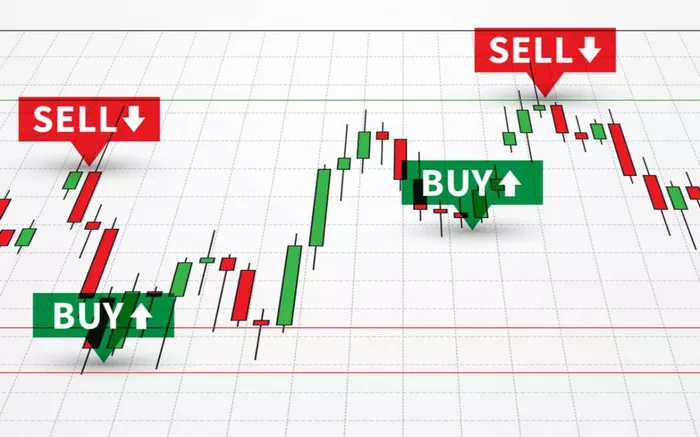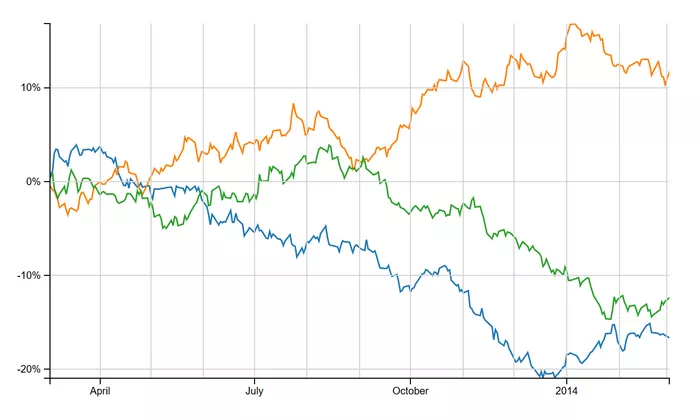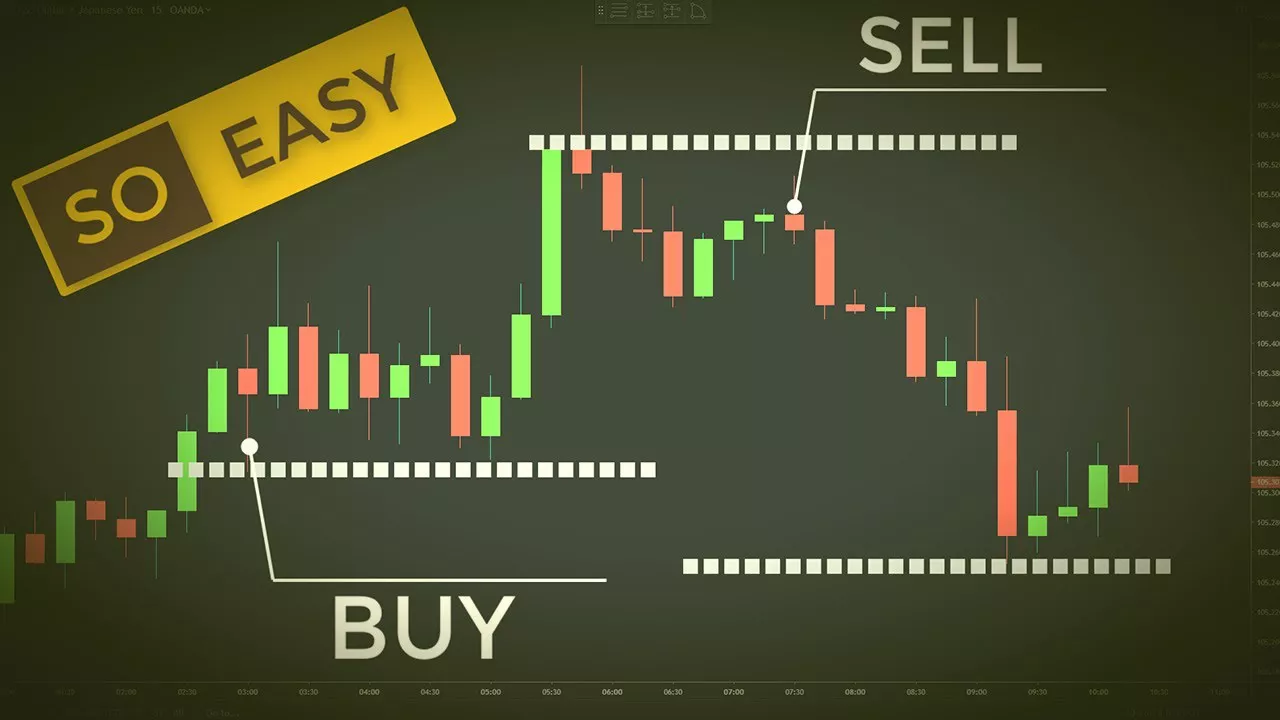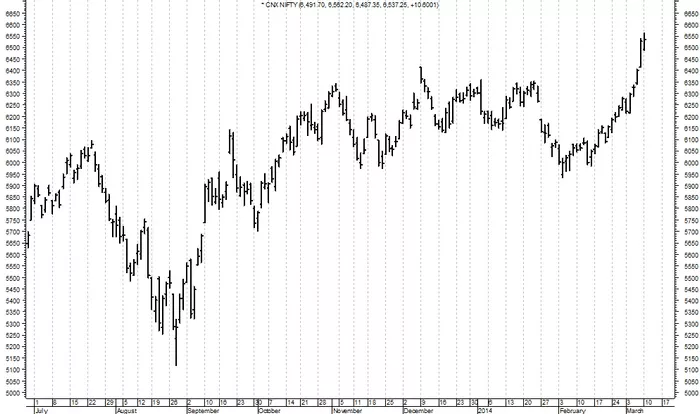The Australian Dollar (AUD) is continuing to fall as the Reserve Bank of Australia (RBA) has chosen to keep the Official Cash Rate (OCR) steady at 4.35% in its final policy meeting of this year. RBA Governor Michele Bullock, during a press conference, talked about this decision to maintain the interest rate at a 12-year high for the ninth consecutive meeting in December. She pointed out that while the upside inflation risks have eased somewhat, they still remain and need ongoing attention. The RBA will closely watch all economic data like employment figures to guide future policy choices.
China’s Economic Updates
Chinese President Xi Jinping stated on Tuesday that China has full confidence in achieving this year’s economic target. He emphasized that China will keep being the largest engine for global economic growth and said there would be no winners in tariff wars, trade wars, or tech wars. China’s Trade Balance (CNY) expanded to CNY 692.8 billion in November from CNY 679.1 billion in the previous month. Exports grew by 1.5% year-over-year in November compared to a 11.2% rise in October, and imports increased by 1.2% YoY after a 3.7% decline earlier. Also, China’s leaders announced plans for proactive fiscal and looser monetary policies to boost domestic consumption in 2024. However, weak Chinese CPI data (-0.6% in November, worse than expected) shows challenges in the recovery but also fuels speculation about more stimulus.
US Dollar’s Performance and Fed Expectations
The US Dollar (USD) is extending its winning streak for the third day in a row as traders are being cautious ahead of the US Consumer Price Index (CPI) data release on Wednesday. Traders are now pricing in nearly an 85.8% chance of the Fed cutting rates by 25 basis points on December 18, according to the CME FedWatch Tool. The US November NFP data from Friday showed a strong gain of 227,000 jobs, well above expectations, and stable Average Hourly Earnings growth at 0.4% month-over-month.
Australian Economic Indicators
The Australian Unemployment Rate stayed at 4.1% in October for the third consecutive month. The economy added 9,700 full-time jobs and 6,200 part-time jobs, with a net change of 15,900 positions. The RBA’s closely watched inflation gauge, the annual Trimmed Mean Consumer Price Index (CPI), slowed to 3.5% from 4.0% in the third quarter but is still well above the Bank’s 2% – 3% target. Australia’s economy grew at its slowest annual pace since the pandemic in the third quarter. Its Gross Domestic Product (GDP) rose 0.3% in the September quarter, missing market forecasts of 0.4%. Due to this weaker-than-expected GDP growth, markets are almost fully pricing in a rate cut next April at 96% (up from 73% before), as per Refinitive interest rate probabilities data.
Technical Analysis of AUD/USD
AUD/USD trades near 0.6420 on Tuesday, and bearish momentum is getting stronger based on technical analysis. The pair is staying within a descending channel, and the 14-day Relative Strength Index (RSI) is below 50, showing that negative sentiment is continuing. On the downside, the AUD/USD pair has gone below its five-month low of 0.6434 from November 26. If this level is clearly broken, it could lead the way to the yearly low of 0.6348 seen on August 5. Further support is near the lower boundary of the descending channel, around 0.6225. For resistance, the immediate level is at the nine-day Exponential Moving Average (EMA) at 0.6449, followed by the 14-day EMA at 0.6465, which is close to the upper boundary of the descending channel. A decisive breakout above these levels could set the stage for a possible rally towards the five-week high of 0.6687.
Related topics:































